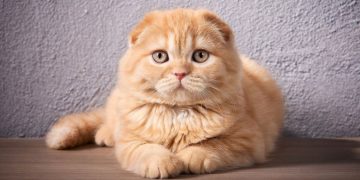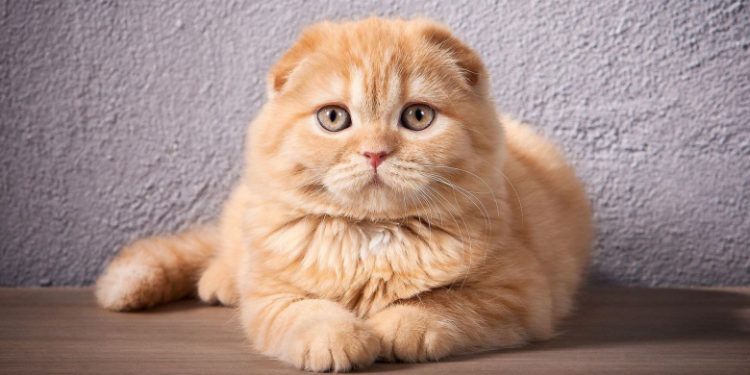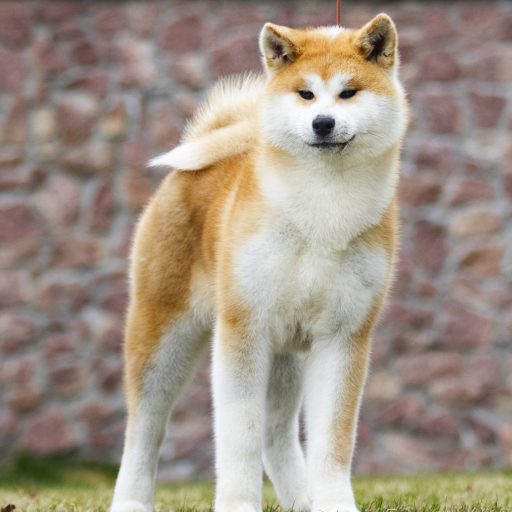Recognizable by its small, forward-folded ears, the Scottish Fold is a medium-sized cat with a robust and rather stocky build. Kittens come into the world with straight ears and the latter do not bend until they are 3 or 4 weeks old. The Scottish Fold is an excellent and pleasant companion for the whole family, due to its quiet, discreet and affectionate character. He also likes to play and explore his environment, without however tending to stray. Feline institutions are not all in agreement about this breed, with some warning of anomalies associated with its physical peculiarity. The Highland Fold is the longer haired variety. As for cats of the breed that keep their ears erect while growing up, they are called Scottish Straight and Highland Straight.
Breed History
The history of the Scottish Fold breed begins in 1961, when a shepherd living in Scotland noticed a cat with forward-folded ears on a farm not far from the village of Coupar Angus in Scotland’s Tayside region. The owners of the farm were kind enough to give this man, William Ross, a female kitten to which she gave birth 2 years later. It was from the latter that Ross and his wife Mary began the development of the breed, mainly through crossbreeding with British Shorthairs.
Cats of the breed that have semi-long hair (the Scottish Fold has short hair) are called Highland Fold. They owe this specificity to the contribution of the Persian, through the British Shorthair that he helped shape.
The physical specificity of the Scottish Fold – the ear folded forward – is due to a spontaneous genetic mutation. Despite the unfavorable opinion of part of the veterinary profession, believing that this causes health problems for the cat, the breed has won over a good number of American specialists, between breeders and judges. This is how it began to be accepted for registration for the Cat Fanciers’ Association (CFA) championship in 1978. The Scottish Fold arrived in France the following decade.
Today, the Scottish Fold breed continues to be debated, between proponents and parties who consider its breeding to be unethical.
Physical peculiarities
His body: medium-sized, broad, with well-developed bones and muscles. The legs are relatively short, but should in no way hinder the mobility of the cat. The neck is short and muscular, the feet well rounded and firm.
His hair: short, but can also be semi-long in the Highland variety. The undercoat is thick in both cases.
Its color: all colors are allowed except chocolate, lilac and colourpoint. The coat is most often plain, but there are Scottish Fold cats with coats with stripes or spots.
Its head: large, round in shape. The skull is well rounded, the nose wide and rather short, the chin firm and the cheeks full.
His eyes: round in shape, large, displaying an awake and gentle expression. The color, the most intense and the most brilliant possible, is in agreement with that of the dress.
Its ears: they are the particularity of the breed, being folded forward. They are quite small, wide at their base and rounded at their end. They remain straight in subjects called Scottish and Highland Straight.
Its tail: flexible, of medium length, thick at its base and at the rounded end.
Feed
The Scottish Fold can be greedy, even gluttonous. It is therefore advisable not to give him meals that are too rich, otherwise he could suffer from obesity. Like all cats, he needs a balanced, complete diet adapted to his condition: age, sterilized or whole, activity… It is also important to ensure that he has plenty of fresh water.












